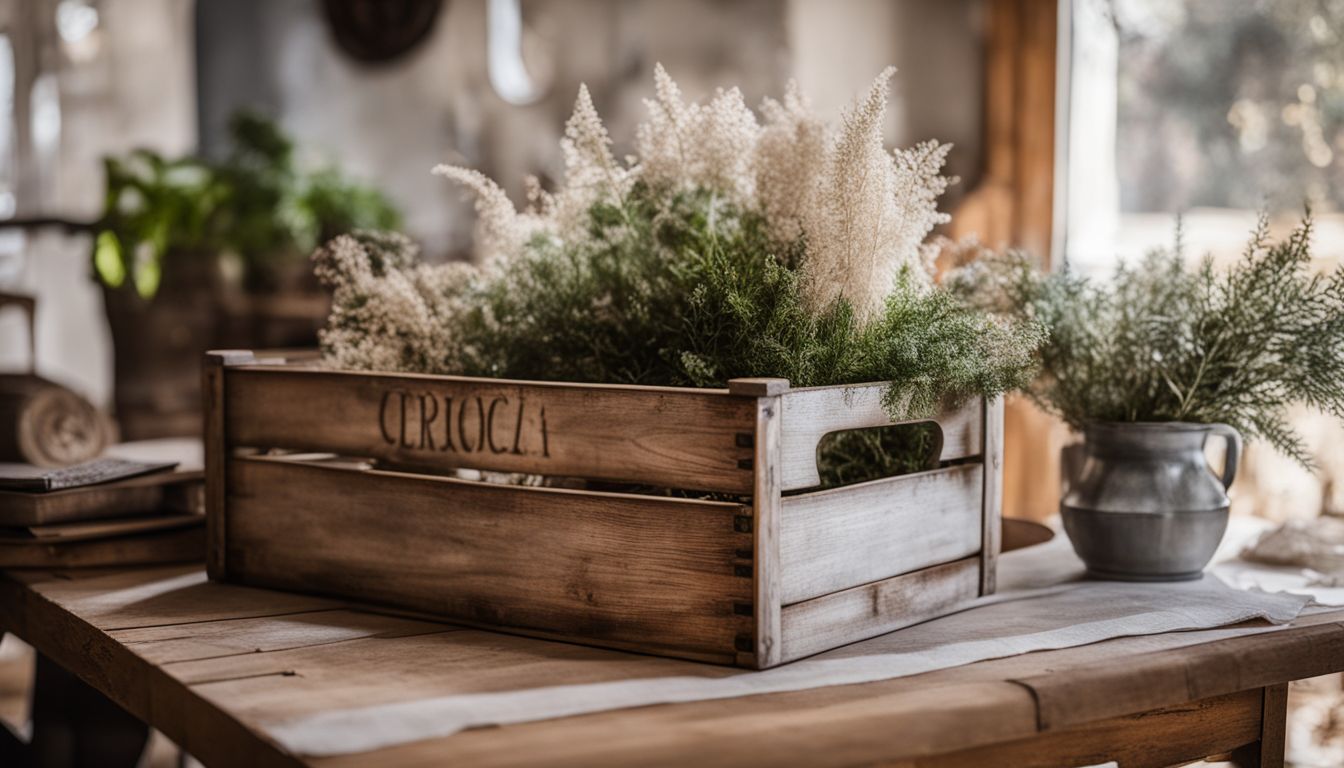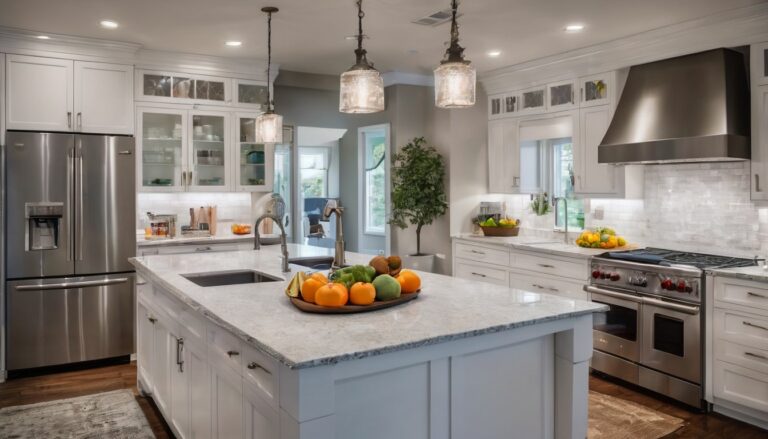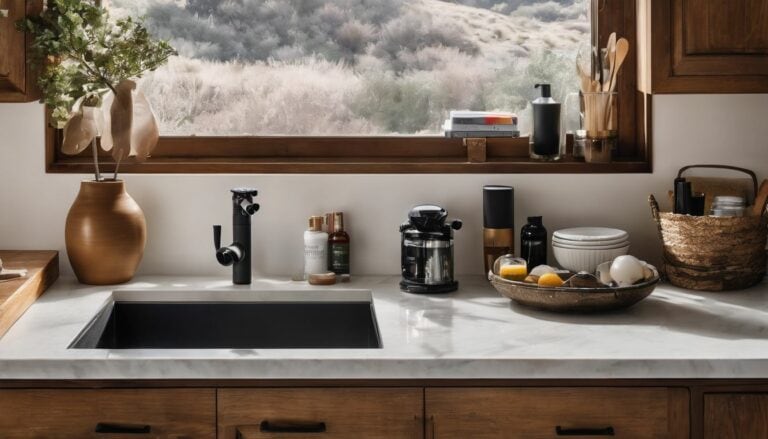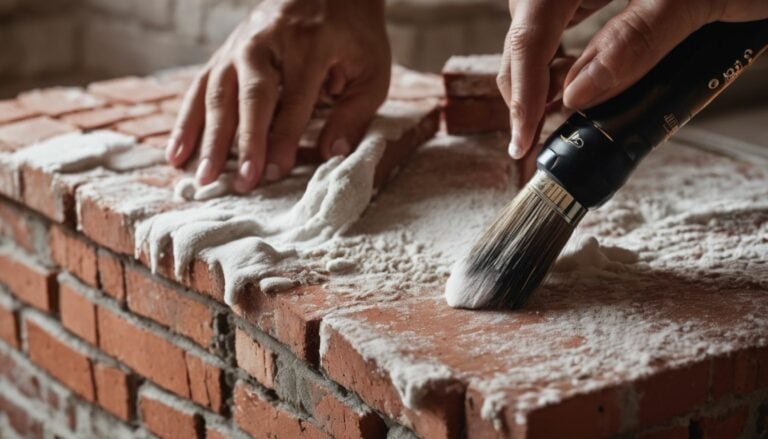Which is better: Limewash or whitewash? The ultimate showdown!
Deciding between limewash and whitewash for your next home project can be quite the puzzle. Limewash boasts a beautiful chalky texture that’s hard to beat, while whitewash offers a classic translucent finish many adore.
Through this post, you’ll discover the ins and outs of both options—arming you with knowledge to make the best choice for your walls or fireplace. Stick around—we’re unpacking all you need to know!
Understanding Whitewash

Whitewash gives surfaces like brick and wood a vintage look. It’s simple to make, just mix equal parts of water-based paint and water. This creates a thin solution that is easy to apply with a big brush.
The whitewash sits on the surface, letting some of the original texture show through for a weathered appearance.
People often choose whitewash because it brightens spaces while keeping things casual. It works well on porous surfaces where you want an aged effect without heavy coverage. Whitewash doesn’t peel or flake off like regular paint might over time, making it great for achieving a long-lasting rustic style.
Understanding Limewash
Limewash creates a weathered look that is highly sought after for its aesthetic charm. It’s made from natural pigments mixed with lime and water, producing a thick slurry. This mixture bonds well with porous surfaces like brick or stucco.
As the limewash dries, it reacts with carbon dioxide in the air and hardens into a durable coat.
The beauty of limewashed walls is their ability to “breathe,” allowing moisture to escape from the surface without trapping it. This quality makes limewash an excellent choice for older buildings that need to shed water effectively to prevent damage.
Its natural composition means it resists fungus and bacteria, preserving surfaces without harmful chemicals. Next up: let’s compare whitewash and limewash head-to-head!
Comparison of Whitewash and Limewash
4. Comparison of Whitewash and Limewash: Dive into the distinctive qualities of these two finishes—the rustic charm of whitewash against the velvety texture of limewash—to discover which might best bring your walls to life; it’s a face-off where history meets modern preferences, beckoning you deeper into their world.
Appearance
Limewash has a distinct look. It’s soft and chalky, making walls glow with the double refraction of calcite crystals. This unique effect makes limewash perfect for adding character to plaster or exterior brick.
Whitewash is different; it gives surfaces a clean, bright feel. You mix latex paint with water and brush it on in thin layers.
Choosing between limewash and whitewash comes down to the style you want. Both have their charm, but they create very different moods on your walls or fireplace. Now let’s talk about how you put them on – that’s right, we’re moving on to application!
Application
Putting on limewash is like giving your walls a big drink of milk. First, prep your bricks or stucco to make sure they’re clean and ready to soak up the mix. Then, slather on the creamy concoction with a paintbrush.
The wall drinks it in, filling every nook and cranny. It’s important to cover all areas evenly for that beautiful, velvety finish.
Applying whitewash is different—it’s more like putting sunscreen on at the beach! Grab any old paintbrush and start painting over wood or drywall. Spread it thin or layer it thick; you’ve got control over how rustic or refined your space feels after the job’s done.
Just remember—whitewash sits pretty right there on top without sinking in deep.
Durability
Limewash wins the race when it comes to toughness. It’s known for sticking around longer than whitewash. People choose limewash because it forms a strong bond with brick or stone. This means less touch-up over time.
Whitewash might need more frequent redoing, but both handle weather well. They protect your walls from rain and wind. If you want a finish that lasts years without much fuss, go for limewash.
It’s tough stuff!
Pros and Cons of Whitewash
Whitewash is a popular option for giving surfaces a fresh look. It’s simple to mix and can protect both indoor and outdoor surfaces.
- Whitewash is budget – friendly. You don’t need a lot of cash to give your walls a new look.
- Mixing whitewash is easy; just combine latex paint with water.
- This type of paint lets walls breathe, which prevents mold.
- Applying it can be a fun DIY project, and clean – up is a breeze.
- Whitewash reflects sunlight well and can keep buildings cooler in hot weather.
- It’s not as durable as other paints. You might have to reapply it more often.
- On rough surfaces, whitewash can wear off quickly.
- The color may change over time due to weather exposure.
- If you’re looking for deep color saturation, whitewash won’t deliver that vividness.
- Some types of brick or wood might not take the whitewash well, leading to uneven coverage.
Pros and Cons of Limewash
Limewash has been used for centuries to protect and beautify surfaces. It’s known for its natural ingredients and unique finish.
- Limewash creates a breathable coating that allows brickwork to release moisture, preventing decay.
- The material naturally repels fungus and bacteria due to its high pH level.
- Applying limewash can enhance the appearance of a building with its matte, mottled look that ages gracefully.
- It works well on porous surfaces, binding tightly to bricks and stone.
- Limewash is eco – friendly; it’s made from natural lime and doesn’t contain harmful chemicals.
- You can choose from various earth – tone colors, giving you more design options.
- Over time, limewash will erode, requiring reapplication every five to seven years.
- Application can be messy and might need professional help, which could include a free estimate depending on your zip code found on the internet.
- It’s less durable than some modern paints or treatments in areas with harsh weather conditions.
- Limewash may not adhere well to previously painted or non – porous surfaces.
- The color range is limited compared with other types of paint, mostly offering subtle variations of white and gray.
- Preparing the surface for limewash can be labor – intensive as it often requires a thorough cleaning and sometimes a base coat of lime putty.
Whitewash vs Limewash for Brick
Whitewash gives brick a solid, painted look with thin layers. You use watered-down paint and a big brush to achieve this style. It’s great if you want your bricks to have an even white coat.
Limewash, on the other hand, penetrates the brick’s surface and changes its texture. This creates a vintage effect as it allows some of the brick’s natural color to show through.
Choosing between whitewash or limewash for your brick depends on the vibe you’re going for. If you like a smooth finish that sits on top of the bricks, go for whitewash. But if you prefer an antique look with more texture and character, limewash is your friend.
Remember that both treatments will brighten up your space but in their own unique ways!
Limewash or Whitewash for Stone Fireplace?
Limewash creates a unique look on stone fireplaces, giving them an aged patina that stands out. It seeps into the stone and reacts with it, forming a strong bond that doesn’t peel off.
This method is perfect for those who love rustic charm and want to keep the natural texture of their stone fireplace visible. Whitewash gives a similar lightened effect but doesn’t bond with the stone in the same way limewash does.
Choosing between limewash and whitewash comes down to personal preference regarding style and durability. If you prefer a wash that lasts longer and merges well with your stone fireplace, limewash might be the best pick.
Next up: how these treatments work on wood surfaces!
Whitewash vs Limewash for Wood
Whitewash sits on top of wood, creating a solid white layer. It’s great for achieving that classic farmhouse look on indoor projects. This type of finish can hide imperfections and brighten up spaces.
You spread whitewash with a brush or rag, and it dries quickly.
Limewash seeps into the wood, highlighting natural grain patterns. It offers a more subtle, weathered look that works well in outdoor settings too. Limewash is eco-friendly because it doesn’t have any plastics or harmful chemicals.
Even though it takes longer to dry than whitewash, limewash lasts longer and protects the wood beneath from rot and fungus.
Limewash vs Whitewash for Exterior Surfaces
As we move from wood to the great outdoors, let’s talk about exterior surfaces. Limewash has a natural look and bonds well with masonry surfaces like brick and stone. It lets walls breathe, reducing moisture buildup.
Think of it as a coat that sinks in and sets up home.
Now onto whitewash – this one’s more like a hat that sits on top of your wall. It doesn’t bond; it coats. Whitewash gives you that crisp, classic white but remember it may need more touch-ups over time due to its less durable nature on outdoor elements.
The Difference Between Whitewash and Chalk Paint
Whitewash is a traditional mix of water and paint. It creates a thin layer that lets the texture of brick show through. Chalk paint, on the other hand, is thicker and hides surfaces with its opaque coverage.
Whitewash will soak into porous materials like brick and wood, giving it an aged feel. Chalk paint needs no preparation on most surfaces and dries to a velvety matte finish that’s easy to distress for a vintage look.
Chalk paint sticks well to furniture without primer or sanding first. It’s great for DIY projects or bringing old pieces back to life. Meanwhile, limewash made from limestone changes over time as it reacts with carbon dioxide in the air; this means your finish can improve with age! Each type has its own charm but serves different purposes – choose whitewash for a transparent look or chalk paint for solid color and easy application.
Conclusion
Deciding between limewash and whitewash depends on your style and needs. If you want a natural look that changes over time, go for limewash. It’s kinder to bricks and low on upkeep.
Love the translucent glow? Whitewash might be your pick. Think about the surface, finish, and how much care you’re willing to give. Your perfect choice matches both your personal taste and practical demands!
If you’re interested in learning more about how whitewash compares to another popular finish, check out our detailed exploration on the difference between whitewash and chalk paint.
FAQs
1. What’s the difference between limewash and whitewash?
Limewash is made from natural limestone and water, while whitewash often contains a mixture of lime, salt, and chalk.
2. Can I use both limewash and whitewash outside?
Yes, you can use both for exterior projects; they are durable and weather-resistant.
3. Will limewash or whitewash last longer on my walls?
Limewash tends to have better longevity as it penetrates deeper into wall surfaces than whitewash.
4. Do limewash and whitewash affect the environment differently?
Limewash is more eco-friendly due to its natural ingredients and minimal processing.
5. Are there colors besides white for limewashing or whitewashing walls?
While traditionally white, you can add pigments to both to achieve various colors.







